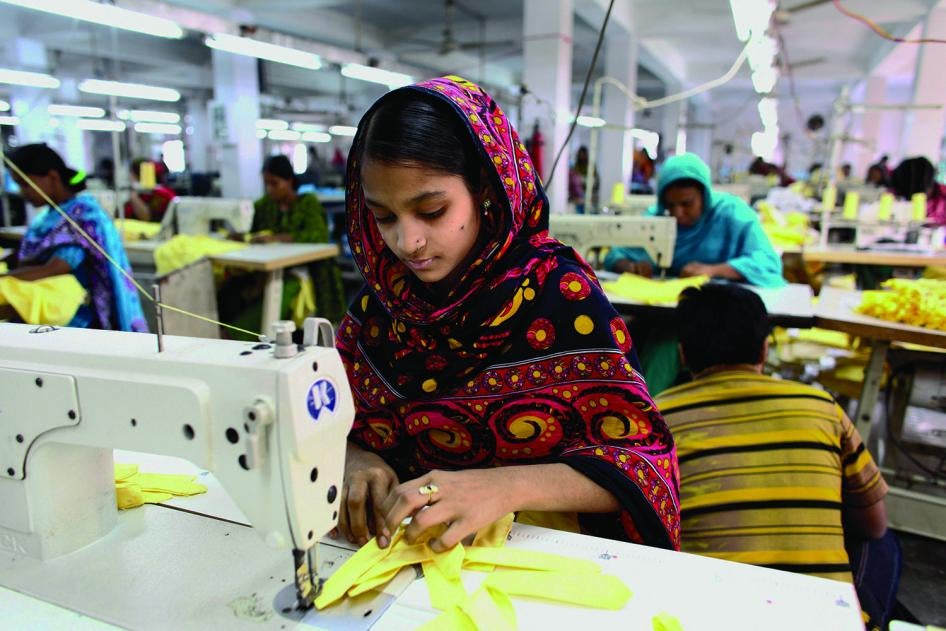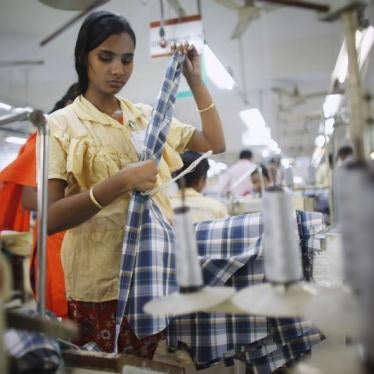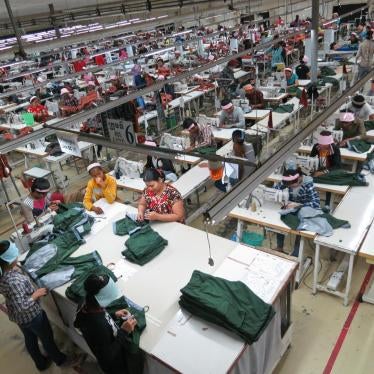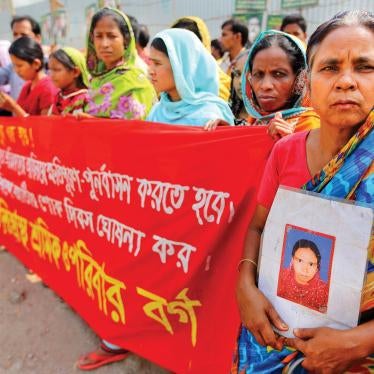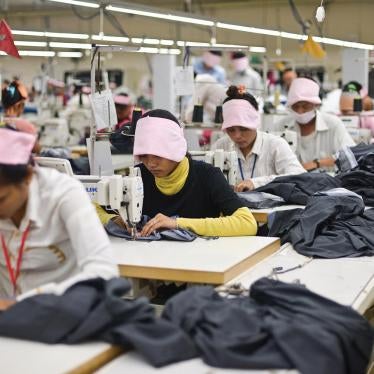In a recent survey of experts, countries were ranked according to how safe they are for women. India came out as the most dangerous, followed by Afghanistan and Syria. Leaving aside the survey’s obvious challenges – including its attempt to use six measures to compare 10 very different countries – it paints a dire picture for women’s safety in the world. One area in which women everywhere face discrimination, inequality, harassment or violence in their everyday lives is in their workplace. Governments and corporations must contend with how to keep women safe when they are working.
Globally, the #MeToo and #TimesUp movements have forced many companies to revisit their gender pay gap and anti-harassment policies. The momentum has spurred discussions for a new international labor standard that squarely addresses violence and harassment in the workplace.
As in the apparel industry, for example, where women make up much of the global workforce. Apparel companies should do more to create work spaces free of violence and harassment, including sexual harassment. This is not just for the benefit of their own employees, but also for the customers and clients walking into their stores; the models who are the face of their clothes; and the workers producing their clothes and shoes in factories around the world.
In May, when I was speaking to garment workers about the conditions in factories, I met Roja R., a married woman in her 30s who worked in a factory in the Indian city of Mysore making clothing for international brands. She told me the cutting section supervisor had been stalking her, asking for sexual favors. She said he misused his access to her cell number, calling her after work hours to harass her. He promised that if she submitted to his demands, he would give her a more manageable workload and assured her that he would quickly approve requests for time off work.
Roja resisted. She complained to the factory administration. But the person she spoke with laughed and told her: “This is normal practice and you need to adjust.” Nobody in the factory’s management took the steps that Indian law requires to stop harassment. That includes setting up an internal complaints committee and disseminating and publicly displaying the names and contact information of committee members. Companies are also supposed to develop a policy against harassment and widely publicize it through harassment-prevention training programs.
The harassment went on for months, Roja said. She was losing sleep. Coming from a conservative family, she worried that her husband would find out, blame her and stop her from going to work. By the time I met her, the problems still hadn’t been resolved. Another of her co-workers also told me she was sexually harassed in a different part of the same factory.
Even in their desperation for some respite from the harassment, they had one plea: They wanted the clothing brands they work for to help fix the problem, but not by cutting ties with the factory. If the factory lost business, these women could lose their jobs. They feared not just for their own livelihoods, but also for those of their colleagues.
The factory’s management exploited this fear. The women say supervisors had threatened them, telling them that any mention of harassment or other complaints to the monitors who inspect factories for labor compliance would cause problems. The women were told: “You will take away food from many mouths. Do you want everyone to eat mud?”
Brands need to be held accountable for monitoring and remediating labor conditions in factories they source from, rather than being allowed to conveniently distance themselves from labor abuses.
No doubt a brand should be able to cut ties with a factory that is a repeat offender, one that shows zero willingness to put in place legal protections and to abide by international human rights standards. But before taking that step, companies need to find ways to help factories improve and ensure that workers can safely raise their issues.
Investing in the underlying infrastructure that translates paper codes of conduct into actual practice is key to any meaningful effort. Brands should take steps toward this goal.
First, they should publish information about the factories that supply their products, which makes it easier for workers to find out which brands buy from that factory and whom to contact when problems occur. Many apparel companies have been leaders on transparency, but many others have yet to follow good industry practices for making details about their business easily available.
Second, brands should recognize the limits of social and labor compliance checks (known as “social audits” in industry parlance), in which it may not be possible to address issues like sexual harassment effectively. Monitors are expected to document “evidence” or sufficiently corroborate complaints they get from workers before they can report it. Studies by CARE and other organizations show how often workers themselves under-report and sometimes do not even recognize sexual harassment.
Third, merely having monitors check periodically whether or not a workplace has a complaint system is not good enough. The absence of well-trained, independent and gender-sensitive committees to look into complaints, coupled with a lack of strong anti-retaliation procedures, risk stripping these systems of any credibility. In numerous cases from South Asia, I have found that women workers who dared to speak up about sexual harassment had experienced retaliation. That included factory management not allowing the complainant to work, suddenly finding fault with her productivity and quality of work, or warning that she was a troublemaker.
Another problem is that often brands do their own training and monitoring. In fact, it may be more effective for multiple brands buying garments from the same factory to pool their resources to create a single, comprehensive and effective system for that factory.
They could ensure that there are effective and accessible grievance-redress systems for workers if their problems are not resolved at the factory level. Instead of requiring workers to find and use a different complaints procedure for each brand, which is time-consuming and difficult for workers, there should be a simple and effective process for them to lodge complaints. And the process should result in clear outcomes when problems are found. Without effective grievance redress that leads to binding outcomes, brands should know that their talk of protecting workers’ rights is pure rhetoric.
In late May and early June, governments, employers’ and workers’ organizations concluded the first round of negotiations for a binding International Labor Organization (ILO) standard to address violence and harassment in the workplace supplemented by a non-binding recommendation. Another round of discussions will follow next year.
Apparel and footwear companies should call on employers’ organizations and governments to unequivocally support a binding standard in next year’s negotiations. That would be a major step toward helping make the world a safer place for women.

